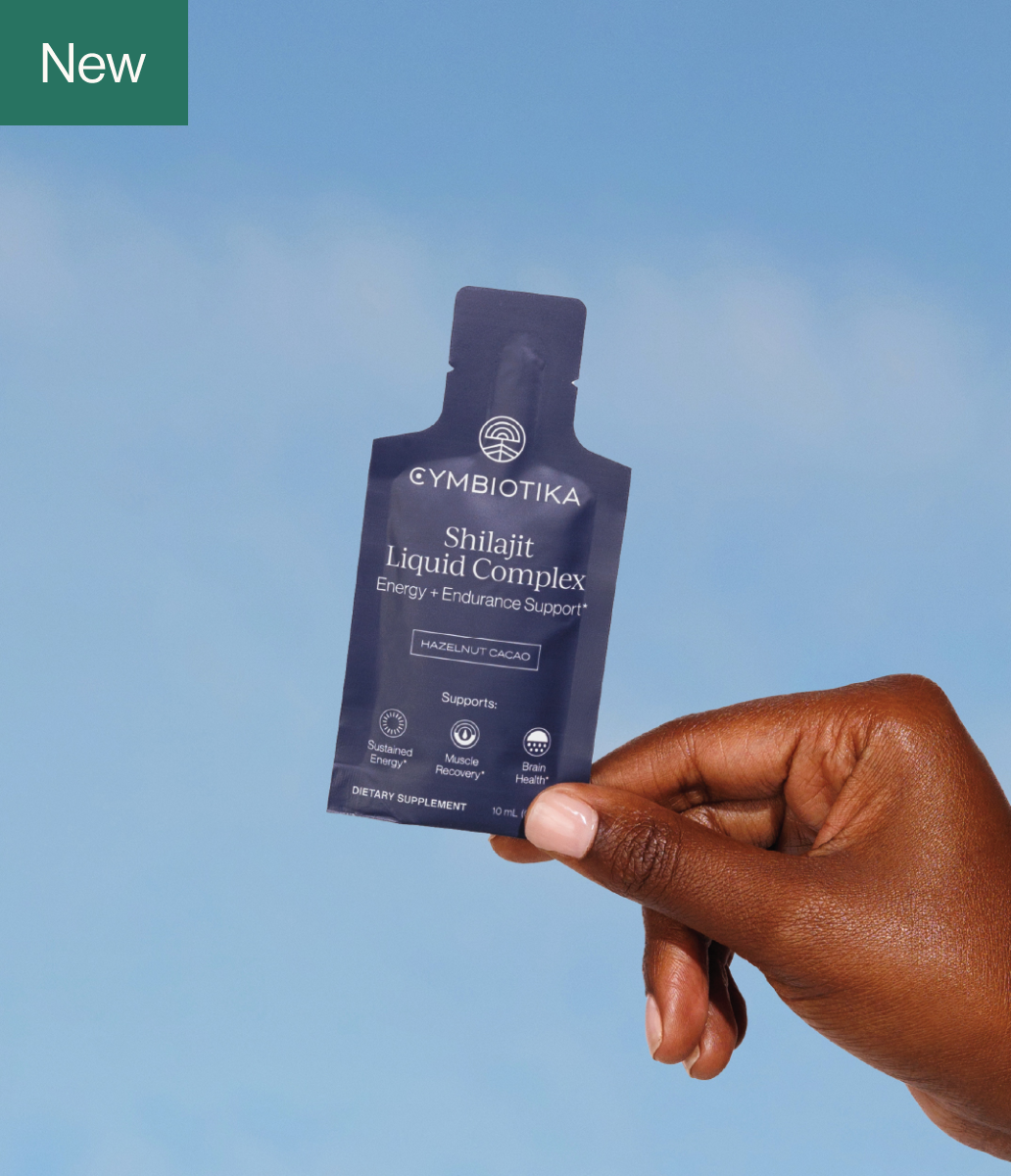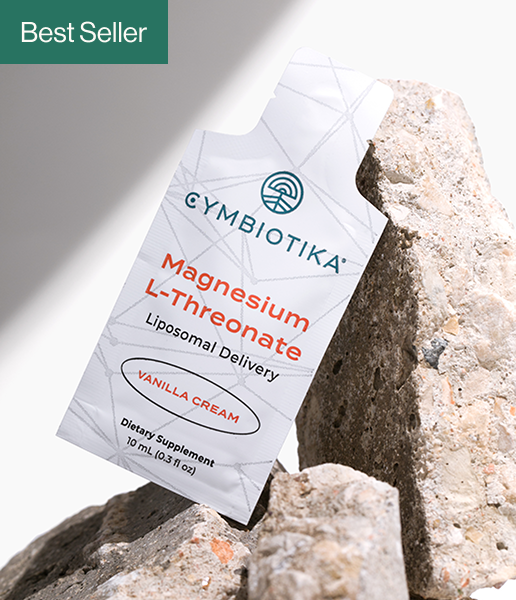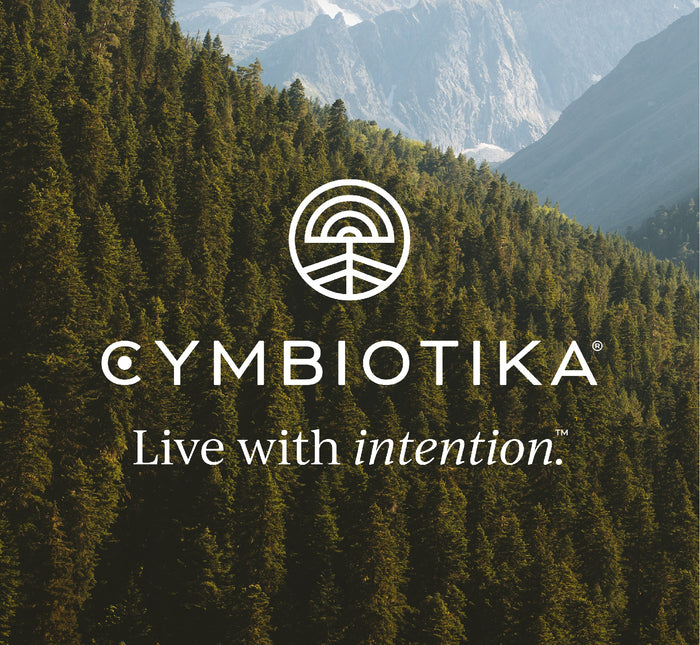
King Trumpet Mushroom
Pleurotus eryngii - USA Grown
The Pleurotus Eryngii mushroom has antioxidants that help to keep disease away. The antioxidant in this mushroom comes in the form of an amino acid known as ergothioneine. When a person consumes the mushroom, the ergothioneine finds its way to the vulnerable areas of the body and sets off cleansing them. These sensitive areas include the eyes, the kidney and the liver. Antioxidants are elements that reverse oxidation.
This mushroom also carries statins, which are disease fighting compounds. The particular compound found in the mushroom, Pleurotus Eryngii, is called Lovastatin. It is a compound that helps to clear cholesterol from your circulatory system. Once the blood is free of cholesterol, blood circulation is enhanced and the body feels healthier. A research done on mice in 2009 indicated that Pleurotus Eryngii has the effect of controlling insulin in the body too. These findings were also confirmed by research done by Richard Sullivan: University of Strathclude; Medicinal Mushrooms –Their Therapeutic Properties, Richard Sullivan, May 2002.
Cholesterol accumulates in the body usually due to poor feeding habits mostly through regular consumption of refined foods. Another way is through consumption of fibrous foods that have been cooked over high heat for long spells until the nutritional value is diminished.
This mushroom is also an excellent energy booster and many sportsmen are pondering how they can get a regular supply so that they can incorporate it in their diet.
Pleurotus Eryngii is also credited with improving blood levels. This is important in an era when the number of people suffering from anaemia is on the increase. The nutrients in this mushroom that help to raise the haemoglobin are considered invaluable in the medical field.
It is also reported that the Pleurotus Eryngii mushroom has antibacterial properties. There are very many diseases that are caused by bacteria including cholera and tetanus. So a plant that can fight bacteria is definitely a life saver. It becomes all the more significant because a natural remedy like a mushroom rarely has adverse side effects.
Eryngii is used in Traditional Chinese Medicine. Research does suggest that some substances in the mushroom do have potential in medicine, including in the following areas:(1)
- Treatment of certain cancers
- Antiviral activity
- Antimicrobial activity
- Immune system support
- Hormonal support
- The reduction of fats, such as cholesterol, in the blood
Colon Health
An anti-inflammatory protein found in P. eryngii called PEP has been shown to reduce the proliferation of colon cancer cells in both cultures of human tissue and in living mice, without damaging normal cells (2). In a separate study, a polyphenol-rich extract from the same mushroom species was shown to also combine anti-inflammatory properties with the ability to kill colon cancer cells without harming normal cells (3). In both cases, the effect is dose-dependent, meaning higher doses have a stronger effect. Both substances have at least some potential in the treatment of both colon cancer and inflammatory bowel disease (IBD).
Other Cancers
“Cancer” is not a single disease but, rather, a large group of maladies; all involve uncontrolled and disruptive cell growth, but have different patterns of disease progression and different causes and risk factors, and require different treatments. It is incorrect to say that a substance can “cure cancer,” as a blanket statement, simply because it proves helpful against one or more diseases. That being said, substances extracted from P. eryngii have shown promise against multiple cancers in both cell cultures and animal models, including cancers of the liver and lungs(4) and breast(5).
Antiviral activity
One study looked at the ability of several different types of fungus, including P. eryngii, to attack certain strains of influenza virus and herpes virus; P. eryngii was not the most powerful of those tested, but it does have potential as an antiviral agent (6). The study used mycelium (net-like or thread-like fungal tissue), not mushroom, but it was whole tissue, not a single-substance extract.
Antimicrobial activity
A whole-tissue extract of P. eryngii was tested against multiple types of bacteria and yeast that had been grown in Petri dishes; the extract killed some of the microorganisms but not others, showing limited, but real, potential as an antimicrobial agent (7)
Hormonal support
eryngii is sometimes sold as a testosterone booster, among other possible benefits (8) Research does suggest a link with hormone levels of various kinds.
One study tested the use of spent mushroom substrate from P. eryngii cultivation as a component in feed for elk (9). That is, the plant matter on which mushrooms had been grown, together with remaining mycelium, was added to the diets of several captive bull elk, but not to the diets of similar control animals. The researchers hoped to find an additional use for the spent substrate, which presents a major disposal problem in mushroom-growing areas. The substrate proved successful as elk feed, and the test elk showed improvements in several markers of health—they also had higher testosterone levels than the control animals.
Another study tested the use of several substances isolated from P. eryngii as a treatment for certain estrogen-dependent breast cancers (10). Reducing estrogen levels is an accepted treatment for some types of breast cancers, but researchers want to find a new way of controlling estrogen that has fewer side effects. Some of the P. eryngii compounds successfully inhibited the action of aromatase, an enzyme that converts androgens (including testosterone) into estrogens. While the focus of the study was on the reduction of estrogen, that there would be a corresponding increase in testosterone levels seems reasonable. The study involved chemical samples, not human subjects.
The reduction of fats, such as cholesterol, in the blood
Rats bred to have high cholesterol were given powdered P. eryngii in their diet to test the mushroom as a possible treatment for high cholesterol and obesity (11). The rats receiving the mushroom showed significant decreases in cholesterol and an improvement in the ratio of “good” to “bad” cholesterol, as well as a reduction in total body weight. Apart from being killed by researchers at the end of the study, the animals were healthy. Other studies, both in rats and in cultured cells, showed similar results (12)
Diabetes treatment
High-cholesterol rats were also used in a study of P. eryngii as a possible treatment for diabetes(13). Diabetes was artificially induced in the test subjects. While the mushroom-fed animals did not show a significant decrease in total cholesterol, their ratios of “good” to “bad” cholesterol improved, their body weight dropped, and, more to the point, their blood glucose levels dropped significantly. The mushroom did not cure the rats, but does show promise as a way to help control diabetes in concert with other treatments.
FOUND IN THE FOLLOWING PRODUCT(S)
WORKS CITED & MORE INFORMATION
1. Fu Z., Llu Y., Zhang G. (2016). A Potent Pharmacological Mushroom: Pleurotus eryngii. Fungal Genomics and Biology. 6 (1).
2. Yuan B., Ma N., Zhao L., Zhao E., Gao Z., Wang W., Song M., Zhang G., Hu Q., Xiao H. (2017). In Vitro and In Vivo Inhbitory Effects of a Pleurotus eryngii Protein on Colon Cancer Cells. Food and Function. 10.
3. H Q., Yuan B., Xiao H., Zhao L. Wu X., Rakariyatham K., Zhong L., Han Y., Muinde Kimatu B., Yang W. (2018). Polyphenols-Rich Extract From Pleurotus eryngii with Growth Inhibitoru of HCT116 Colon Cancer Cells and Anti-Inflammatory Function in RAW264.7 Cells. Food and Function. 9(3): 1601–1611.
4. Xue Z., Zhai L., Yu W., Wang H. (2014). Antitumor and Immunomodulary Activity of Pleurotus eryngii Extract. Journal of Food Biochemistry. 39(1).
5. Xue Z. Li J., Cheng A., Yu W., Zhang Z., Kou X., Zhou F. (2015). Structure Identification of Triterpene from Mushroom Pleurotus eryngii with Inhibitory Effects Against Breast Cancer. Plant Foods for Human Nutrition. 70 (3): 291–6.
6. Krupodorova T., Rybalko S., Barshteyn V. (2014). Antiviral Activity of Basidiomycete Mycelia Against Influenza Type A (Serotype H1N1) and Herpes Simplex Virus Type 2 in Cell Culture. Virologica Sinica. 29(5): 284–90.
7. Akyüz M., Kirbag S. (2009). Antimicrobial Activity of Pleurotus eryngii var. ferulae Grown on Various Agro-Wastes. EurAsian Journal of Biosciences. 3: 58-6
8. Phytoextractum: Plants and Extracts website. Accessed on August 17 2019.
9. Park J. H., Kim S. W., Do Y. J., Kim H., Ko Y. G., Yang B. S., Shin D., Cho Y. M. (2012). Spent Mushroom Substrate Influences Elk (Cervus elaphus canadensis) Hematological and Serum Biochemical Parameters. Asian-Australasian Journal of Animal Sciences. 25(3): 320–324.
10. Kikuchi T., Motoyashiki N., Yamada T., Shibatani K., Ninomiya K., Morikawa T., Tanaka R. (2017). Ergostane-Type Sterols from King Trumpet Mushroom (Pleurotus eryngii) and Their Inhibitory Effects on Aromatase. Journal of Molecular Sciences. 18(11): 2479.
11. Alam N., Yoon K. N., Lee J. S., Cho H. J., Shim M. J., Lee T. S. (2011). Dietary Effect of Pleurotus eryngii on Biochemical Function and Histology in Hypercholesterolemic Rats. Saudi Journal of Biological Sciences. 18(4): 403–409.
12. Cho J.H., Kim D. W., Kim S., Kim S.J. (2017). In Vitro Antioxidant and In Vivo Hypolipidemic Effects of the King Oyster Culinary-Medicina Mushroom, Pleurotus eryngi var. ferulae DDL01 (Agaricomycetes), in Rats with High-Fat Diet-Induced Fatty Liver and Hyperlipidemia. International Journal of Medicinal Mushrooms. 19(2): 107–119.
13. Kang T., Kang M., Sung J. Kang A., Shon H., Lee S. (2001). Effect of Pleurotus eryngii on the Blood Glucose and Cholesterol in Diabetic Rats. The Korean Journal of Mycology. 29(2): 86–90.
14. Pleurotus eryngii - The King oyster mushroom, 杏鮑菇, エリンギ










